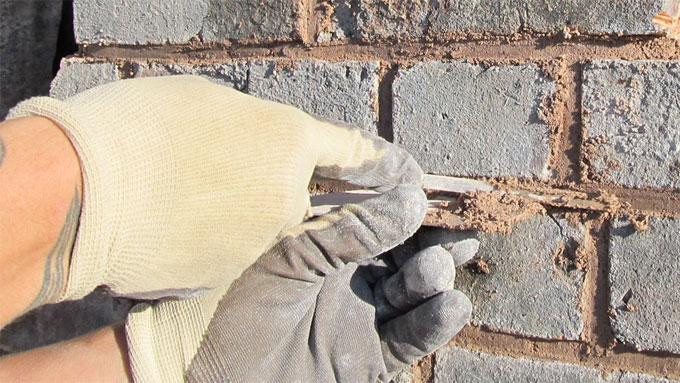
Benefits of joining & pointing in brick masonry

When bricks are not fully uniform in colour and irregular in shape, the joint finishes should be designed to provide correctness and repose to premier facades with formation of the illusion of perfectness.
JOINTING: The finished profile of the original mortar joint is produced instantly since the bricks are placed later in an individual practice called as pointing. Jointing is associated with bricklaying for finishing the joint faces of the bedding mortar as work continues.
Benefits:
? Combined joint
? Consistency of joint in strength and colour, on condition that mortar is properly measured
? Lower labour costs
Drawbacks:
? Less quality control of joint finish (not all bricklayers joint well)
? Complication in retaining consistent colour all through the wall face.
POINTING: Pointing stands for the method of repairing mortar joints among bricks or other masonry elements to resist penetration of rain water or dampness.
Benefits:
? Greater joint finish
? Consistency of colour and strength
? Better choice of joint finishes
? Clean face work
Drawbacks:
? Higher labor and material costs
? Extra construction time
? When improperly performed the compound joint can?t be joined
? Requirement for expert and experienced pointers.
Structural benefits: The bricks consume moisture from the mortar when perfectly dampened prior to laying or pointing. Together with evaporation, it leads to partial de-hydration of the joint towards the joint face. So the purpose of the jointing tool is to solidify the surface of the joints fixing shrinkage cracks and defending from the ingress of driving rain.


